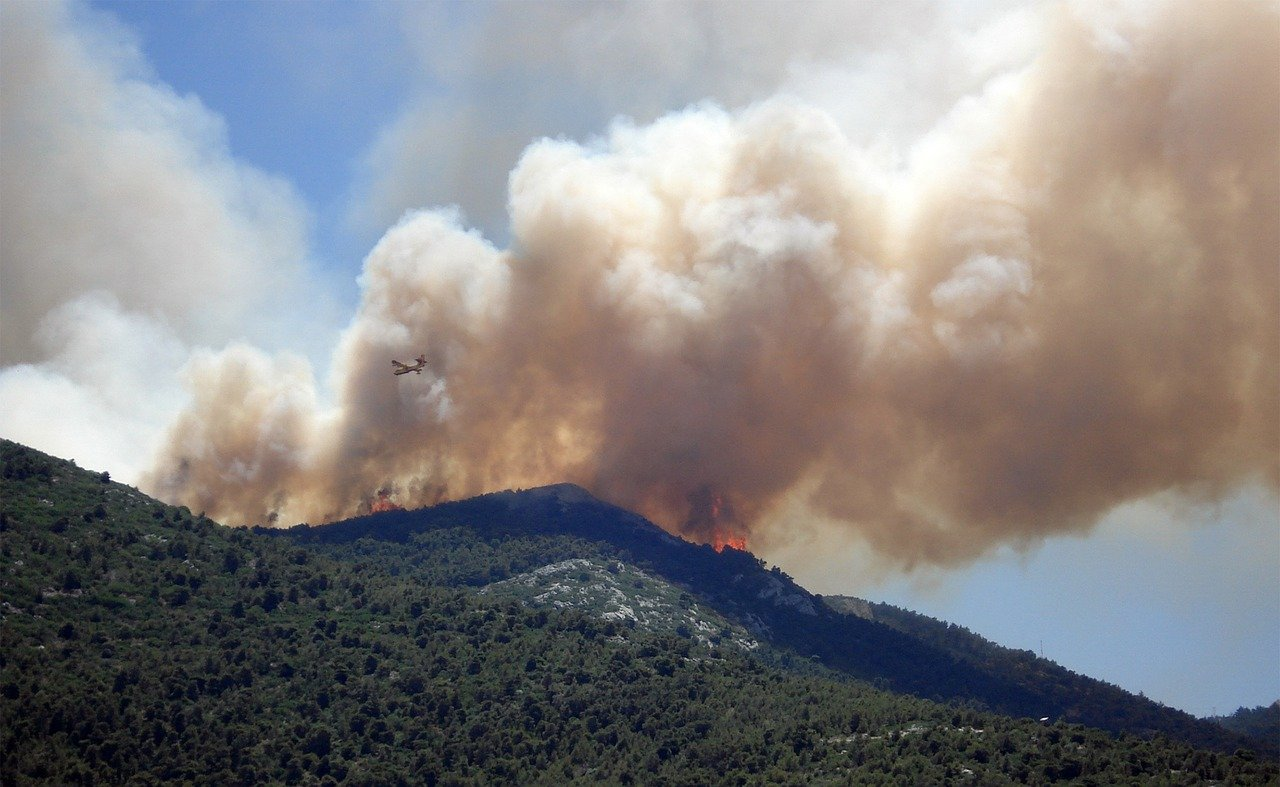IRS Gives Tax Extensions to California Wildfire Victims
The IRS is offering this relief to any area designated by the Federal Emergency Management Agency (FEMA) as qualifying for individual assistance. Currently this includes Fresno, Los Angeles, Madera, Mendocino, San Bernardino, San Diego and Siskiyou ...
Oct. 20, 2020

Victims of the California wildfires that began on Sept. 4 now have until Jan. 15, 2021, to file various individual and business tax returns and make tax payments, according to the Internal Revenue Service.
The IRS is offering this relief to any area designated by the Federal Emergency Management Agency (FEMA) as qualifying for individual assistance. Currently this includes Fresno, Los Angeles, Madera, Mendocino, San Bernardino, San Diego and Siskiyou counties in California, but taxpayers in localities added later to the disaster area will automatically receive the same filing and payment relief. The current list of eligible localities is always available on the disaster relief page on IRS.gov.
This relief is separate from that provided for the California wildfires that began on Aug. 14. See the agency’s Aug. 26 announcement for details.
The tax relief postpones various tax filing and payment deadlines that occurred starting on Sept. 4, 2020. As a result, affected individuals and businesses will have until Jan. 15, 2021, to file returns and pay any taxes that were originally due during this period. This means individuals who had a valid extension to file their 2019 return due to run out on Oct. 15, 2020, will now have until Jan. 15, 2021, to file. The IRS noted, however, that because tax payments related to these 2019 returns were due on July 15, 2020, those payments are not eligible for this relief.
The Jan. 15, 2021 deadline also applies to quarterly estimated income tax payments due on Sept. 15, 2020, and the quarterly payroll and excise tax returns normally due on Nov. 2, 2020. It also applies to tax-exempt organizations, operating on a calendar-year basis, that had a valid extension due to run out on Nov. 16, 2020. Businesses with extensions also have the additional time including, among others, calendar-year corporations whose 2019 extensions ran out on Oct. 15, 2020.
In addition, penalties on payroll and excise tax deposits due on or after Sept. 4 and before Sept. 21, will be abated as long as the deposits were made by Sept. 21, 2020.
The IRS disaster relief page has details on other returns, payments and tax-related actions qualifying for the additional time.
The IRS automatically provides filing and penalty relief to any taxpayer with an IRS address of record located in the disaster area. Therefore, taxpayers do not need to contact the agency to get this relief. However, if an affected taxpayer receives a late filing or late payment penalty notice from the IRS that has an original or extended filing, payment or deposit due date falling within the postponement period, the taxpayer should call the number on the notice to have the penalty abated.
In addition, the IRS will work with any taxpayer who lives outside the disaster area but whose records necessary to meet a deadline occurring during the postponement period are located in the affected area. Taxpayers qualifying for relief who live outside the disaster area need to contact the IRS at 866-562-5227. This also includes workers assisting the relief activities who are affiliated with a recognized government or philanthropic organization.
Individuals and businesses in a federally declared disaster area who suffered uninsured or unreimbursed disaster-related losses can choose to claim them on either the return for the year the loss occurred (in this instance, the 2020 return normally filed next year), or the return for the prior year (2019). Be sure to write the FEMA declaration number – 4569 − for the wildfires in California on any return claiming a loss. See Publication 547 for details.
The tax relief is part of a coordinated federal response to the damage caused by the wildfires and is based on local damage assessments by FEMA. For information on disaster recovery, visit disasterassistance.gov.
